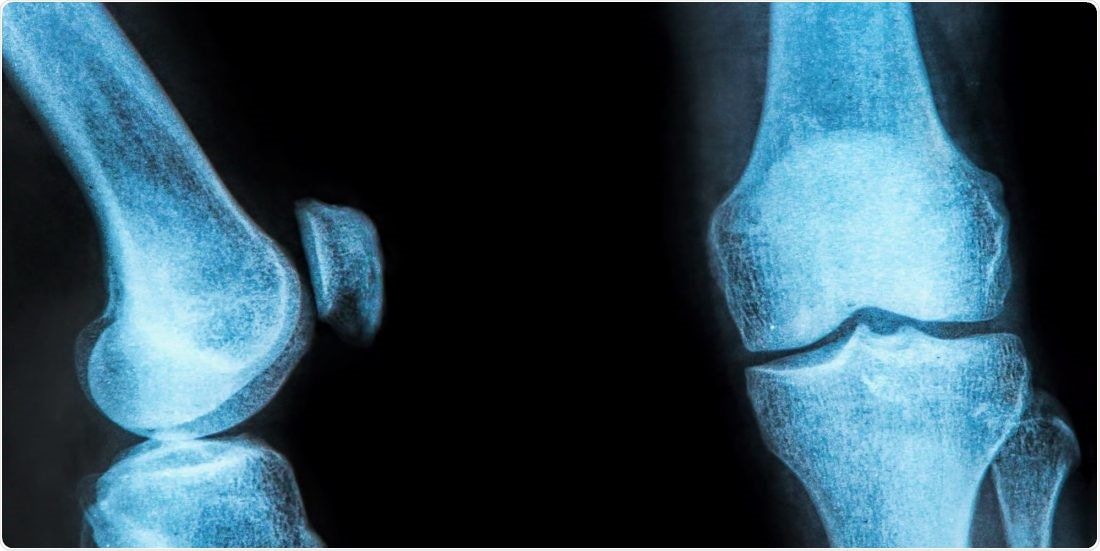The major cause of pain and disability globally is osteoarthritis.

Researchers also identified the special risk factors that exist for women and for weight-bearing joints like knees. Image Credit: Colourbox.
Osteoarthritis has no cure and has only pain relief. The joints of the patients become inflamed, and they experience creakiness and stiffness in the morning.
Some individuals use exercise and painkillers as treatment while others resort to surgery and prostheses.
Around 300 million individuals suffer globally from osteoarthritis at present.
Common discoveries from both Asia and Europe
Recently scientists wrapped up the biggest research ever carried out worldwide. They analyzed samples from over 800,000 individuals. The majority of the people were from Europe, however, there is also a good number from Asia. And under 200,000 of the surveyed individuals had osteoarthritis.
The Norwegian contribution to the research includes both the HUNT surveys and the Norwegian Osteoarthritis Registry.
The study was a joint effort with 155 scientists from nine countries and their observations provided many answers.
Most of the observations were shared on all the osteoarthritis variants analyzed.
We discovered which genes are involved in people with osteoarthritis. This can in turn be used to develop medicines that can slow down the disease at an early stage.”
Anne Heidi Skogholt, Researcher, K.G. Jebsen Center for Genetic Epidemiology, Norwegian University of Science and Technology
Skogholt is a researcher at the Norwegian University of Science and Technology’s (NTNU) K.G. Jebsen Center for Genetic Epidemiology and a key figure in the international collaboration.
The scientists also identified special risk factors that are found in women and for weight-bearing joints like knees.
Some medicines already in use
And there is one more piece of good news.
Medicines focusing on these genes are already in use, but for other diseases.
“This means that the path to medicines that can slow down osteoarthritis is shorter than it would have been otherwise. This work will help facilitate clinical studies.”
Anne Heidi Skogholt, Researcher, K.G. Jebsen Center for Genetic Epidemiology, Norwegian University of Science and Technology
These identified genes are vital for the progression of bone and cartilage tissue.
Skogholt also adds, “Now we need to go further and also include samples from African countries.”
Found link between pain and osteoarthritis
Skogholt remarks that earlier observations display an association between obesity and osteoarthritis, and also osteoarthritis and diabetes.
Now, for the first time, we’ve also identified genes that show a correlation with osteoarthritis and pain.”
Anne Heidi Skogholt, Researcher, K.G. Jebsen Center for Genetic Epidemiology, Norwegian University of Science and Technology
The pain resulting from osteoarthritis can be paralyzing and in itself a reason for disability.
Skogholt concludes, “We are really happy to have made great strides in the right direction for this patient group.”
Source:
Journal reference:
Boer, C. G., et al. (2021) Deciphering osteoarthritis genetics across 826,690 individuals from 9 populations. Cell. doi.org/10.1016/j.cell.2021.07.038.